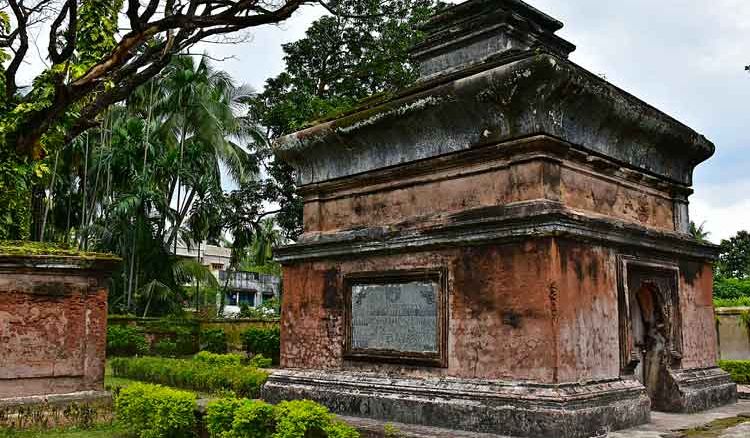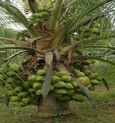The history of foreign rule in Bengal is way too vast to be covered in one article or chapter. Each and every place of Bengal has tonnes of stories for us to discover and some are already known to us. The French, Dutch, and British have invaded Bengal for the sole purpose of trading. Chinsurah is one such place in the lot. Chinsurah was a Dutch settlement from 1656 to 1825. The Dutch chose Bengal for their settlement because the trade of raw silk was relatively cheaper.
But it was later given to the British in exchange for the British-held Indonesian island of Sumatra. Before that, it was under the Dutch East India Company. Though after the Dutch it was under the British East India Company it still has some memories from the times of Dutch.
The ruins of Fort Gustavus is the only remaining feature of the primary Dutch settlement. It is now a part of the buildings of Hooghly Madrasa.
The temple of Shamdeshwar (a form of Lord Shiva) was built around 500 years ago. The last Dutch Governor Daniel Overbeck gifted two brass drums to the temple, the sound of which can still be heard.
The Dutch Cemetery is now an ASI site was built by Louis Taillefert. The cemetery was active between the 18th and 19th century. Eminent Dutch personalities were buried here including Daniel Overbeck a high official of the Dutch East India Company.
The Hooghly jail here is also a popular tourist spot where the rebel poet of Bengal, Kabi Nazrul Islam was imprisoned for his inflammatory poems that were labeled as revolutionary.
Chinsurah, Bandel, Serampore, all these places on the bank of river Hooghly are a historical treasure trove. They will make you nostalgic and create an illusion of a world just out of the pages of your history book.
 বাংলায় পড়ুন
বাংলায় পড়ুন














